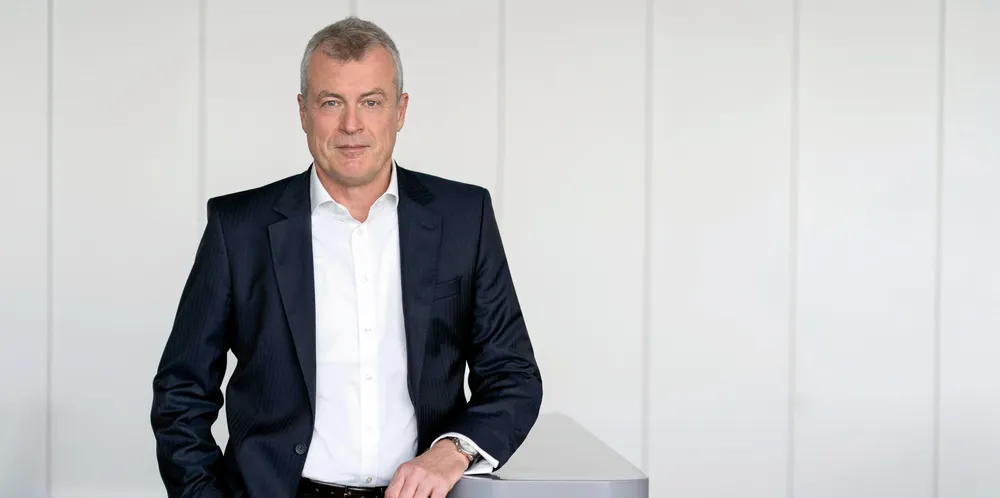'Modular like automotive': Siemens Gamesa CEO aims to standardise and cut turbines
Jochen Eickholt said wind OEM giant seeks concept akin to that used in the car industry as part of turnaround plan

Jochen Eickholt said wind OEM giant seeks concept akin to that used in the car industry as part of turnaround plan
